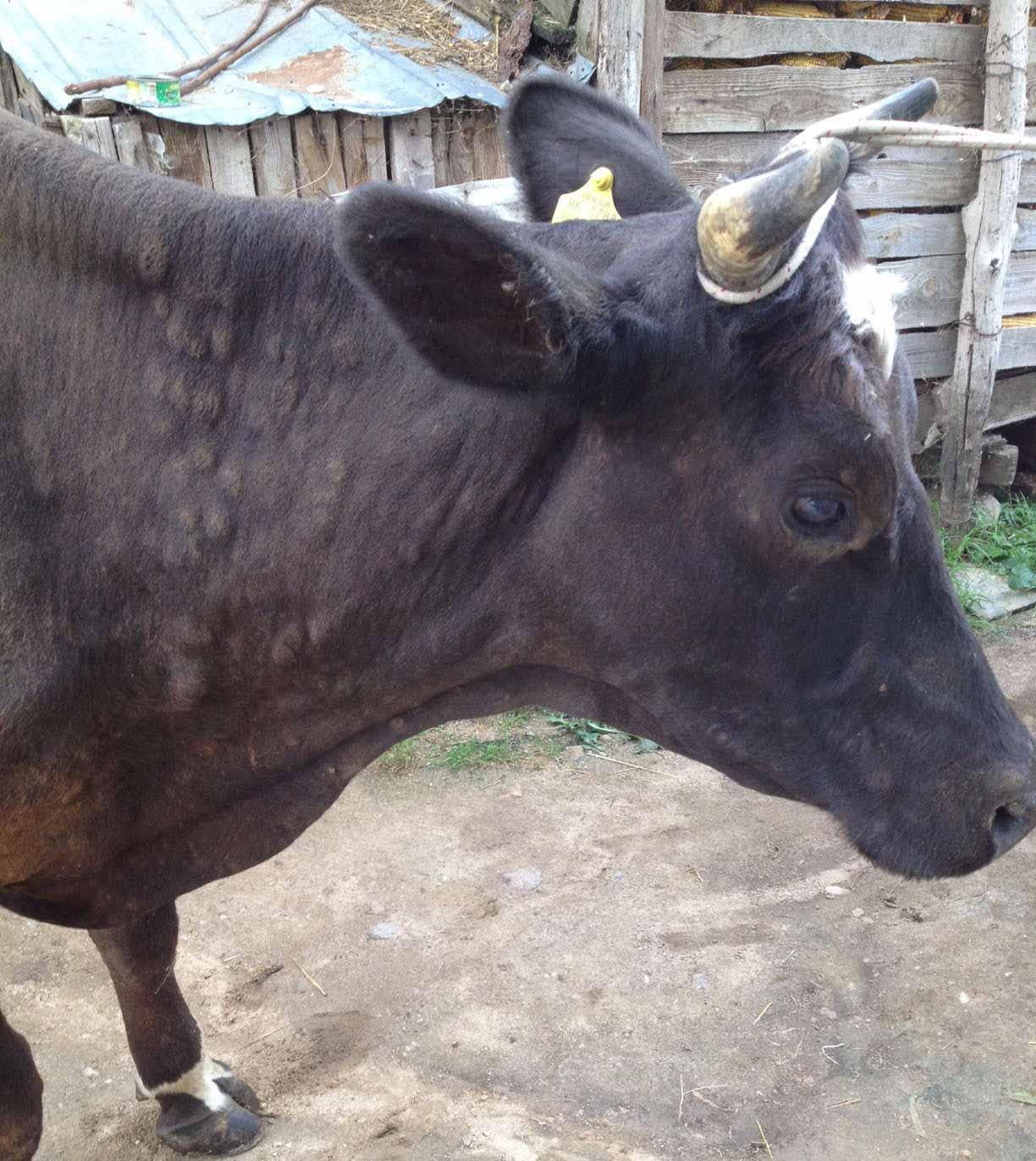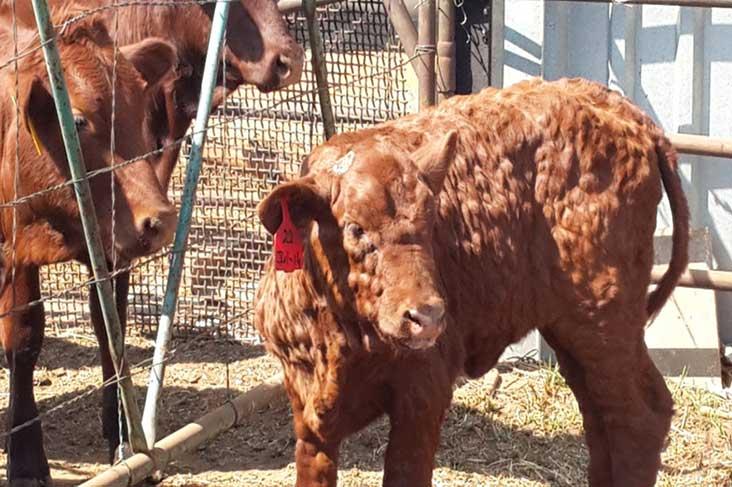Lumpy skin disease (LSD) is an important disease of cattle which was first seen in southern Africa in the 1920s. It is now found throughout Africa, and more recently has spread into the Middle East. In 2015 the disease entered Europe for the first time, resulting in the slaughter of thousands of cattle in Greece and neighbouring countries.
Dr. Pip Beard from The Pirbright Institute is a leading expert on LSD and here she answers questions about the disease and the latest research, and explains the role Pirbright is playing to help combat its spread.
What is lumpy skin disease?
Lumpy skin disease (LSD) is a severe disease caused by infection with LSD virus (LSDV) which is a poxvirus. LSD only affects cattle and water buffalo making it a lot more species specific than many other viruses. LSDV does not affect humans.
How is it spread?
It is thought LSD is primarily spread by a vector - possibly biting flies and mosquitoes, but how such vectors transmit the virus from animal to animal is currently unknown. More research is needed to understand the details, but it is believed the vector bites an infected animal and transmits the virus when it bites another susceptible animal. The cycle then repeats, spreading the virus further. Direct transmission - when an infected animal passes the virus directly to a susceptible animal, appears to be less important to the spread of the virus.
Clinical signs – what to look for

Other, non-specific symptoms of LSD to look out for are:
- Fever
- Loss of appetite
- Abrupt reduction in milk production
It is important to note that not all cattle in an infected herd will show signs of disease. On average only 10% of animals in a herd will develop skin nodules. The disease is debilitating but rarely fatal; only 1% of animals in a herd will die and infected animals that survive develop strong immunity that prevents re-infection.
How long is the incubation period?
There is usually around seven days in-between the animal becoming infected with the virus and the clinical signs being seen.
Action to take if a case of LSD is suspected
LSD is a notifiable disease. Livestock owners who suspect a case of LSDV should contact their vet immediately. Further information about reporting notifiable diseases can be found on the Defra website.
Where is LSD in Europe now?
LSD outbreaks have occurred in Greece, Bulgaria and in the Balkan region including the Former Yugoslav Republic of Macedonia, Albania, Kosovo, Serbia and Montenegro. LSD has also occurred in the Caucasus region, including Russia and Kazakhstan. The disease is currently threatening cattle populations in eastern and central Europe and in Asia.
How quickly does LSDV spread?
There are a number of factors that affect the spread of LSDV. It can depend on where the virus is, how many vectors there are and weather conditions, such as how windy the region is. If conditions are right, the virus can spread over 20km a week.
How can the spread of LSDV be prevented?
There are three main things that can be done to prevent the virus spreading:
- Vaccinate cattle
- Restrict the movement of cattle around disease outbreaks
- Cull and safely dispose of affected and at-risk cattle
Study of the LSD outbreaks in Europe and the Balkans has revealed that rapid and widespread vaccination is crucial for controlling the spread of LSD.
Why are some cattle resistant to LSD?
We currently don’t know why (on average) only 10% of cattle in a herd are susceptible to LSD. It is likely that the unaffected cattle have some sort of natural resistance and research is underway to understand the mechanisms of this resistance.
Why is LSD currently so rife?
There are many theories as to why LSD has been spreading so rapidly recently. For example, the Syrian civil war resulted in a breakdown in veterinary services and the mass displacement of people and their animals around 2012, and this may have facilitated the spread of the disease. The reasons remain unclear however and require further investigation.
What is The Pirbright Institute doing to help?
The OIE Reference Laboratory for LSD is based at the Institute and supports the diagnosis and surveillance of LSD worldwide. Pirbright has been involved in detecting the disease during the European outbreaks of LSD and training scientists from other countries in diagnostic techniques.
Dr Beard leads the LSD research group at Pirbright which, with the help of funding from the Biotechnology and Biological Sciences Research Council (BBSRC), is researching crucial questions, such as:
- How is the virus transmitted?
- Why are some cattle naturally resistant to disease?
- How we can improve LSD vaccines?
This research has begun to resolve the many unanswered questions about LSD and will enable better control and prevention measures to be put in place in the future, helping stem the losses currently being suffered by farmers around the world.
